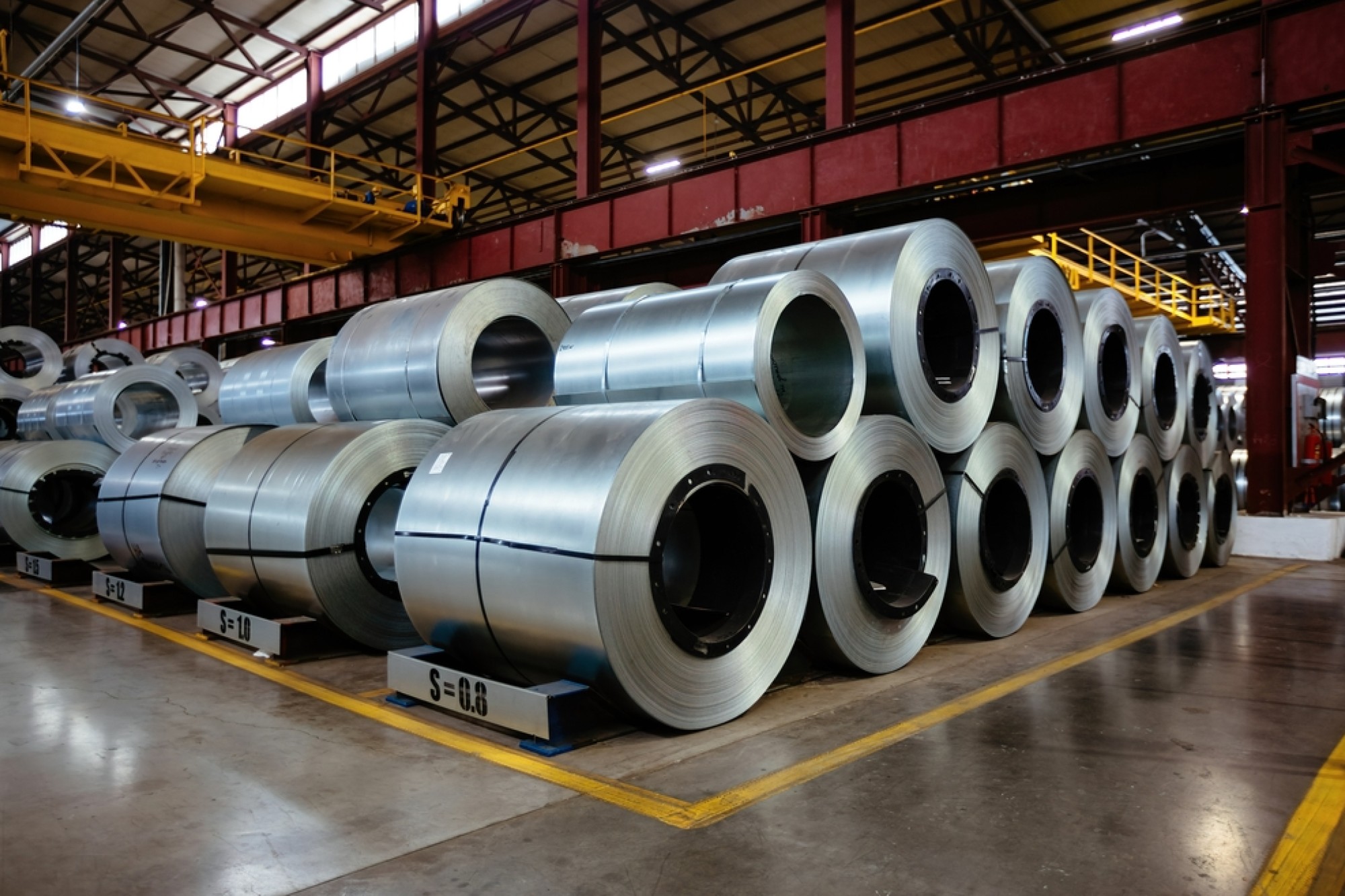Prefabrication all set to redefine the future of real estate sector in India
By Edit Team | August 14, 2019 10:05 am SHARE

The concept of prefabrication is gaining prominence in real estate industry. The entry of prefabricated homes in India has paved way to innovative and technologically advanced construction and design methods. This technology can be used for all kinds of construction: high rises, low rises, villas and mass townships. Developers use prefabricated techniques to execute difficult designs and high-end constructions.
As per industry reports, the estimated urban housing shortage is 18.8 million dwelling units in India. So, as a solution, prefabrication technique can be used to build homes three times faster. Multiple-level buildings can now be built within 90 days and use approximately 20 per cent less material and space than traditional construction techniques.
According to the Prefabricated Buildings Market Report, the industry is expected to reach USD 135,945.6 million by 2023. The global prefabricated buildings market is expected to grow at a rapid rate, with the commercial segment dominating it at present.
The model
Prefabrication is a technique where buildings are built by combining the components that have already been cast off-site in a factory or manufacturing site and then is transported to the construction site for assembly, where the parts are slotted together easily and quickly on-site. The tailor-made fitting of components can be done almost for every portion of a building, right from windows, wall panels and staircases to ceiling slabs, roof tops and manufacturing of complete building units.
Built in highly controlled factory environments, the application of prefabrication process requires a lot of planning. It is getting very popular today because important components of a building can be made elsewhere and brought directly to the site for installation. In the case where the entire building is prefabricated, only the foundation is constructed on site and all other parts like walls and windows are transported to site and bolted together.
At present, prefabricated homes are made using three modern construction techniques – panel built, modular and manufactured.
Boon or bane?
The privileges of a prefab house is that it significantly reduces the time of construction and is sustainable in nature. Since the components are manufactured in controlled environment, it provides environmental benefits like site safety, waste reduction, improved air quality and quality management. Prefabrication is an innovative construction technique that saves time and space. New technologies can be infused in prefab, where hollow slabs and walls are made, which is lighter, easy to install and has a longer shelf life.
Prefabrication is one of the most efficient methods and is more affordable. Parts of the prefab house, instead of being constructed on site by carpenters, are mass-produced externally and are then transported to the site for much lower costs. Apart from the cost-effectiveness, prefab homes, also referred to as modular housing, are better on the safety front. In case of natural disasters such as earthquakes or a tsunami, prefabricated homes cause lesser damage.
Since most of the process is computerised in prefabrication techniques, there is minimal human error. With good planning, the amount of vehicles and equipment needed at the construction site can be decreased. Prefabricated homes are flexible enough that it can be disassembled and relocated or remodelled easily for reuse. They are also long-lasting, which is an added advantage.
Prefabrication helps in greener construction. Environment-friendly buildings can be designed and constructed with this method. As per a survey, prefab homes have many potential advantages over site-built projects, as the site waste is reduced. Construction in a controlled environment ensures better insulation, accurate measurements and connections, which reduce the overall energy consumption of the house.
Even though the initial cost of using prefab may be higher, there are overall benefits. Faster execution and timely delivery of the final product brings gains to both developers and customers. Buyers also have a wide variety of designs and styles to choose from.
However, prefab homes also have certain disadvantages. Skilled labour is required in prefabrication, as precision assembly of the home is necessary, else improper assembly can result in issues such as joint failure and leaks. As most construction work requires modifications to be done on-site, prefabrication limits the option of alterations in the design scope of the building. The transportation costs are also high.
Land availability is a challenge. Many prefab homes are built on the site of knocked-down properties or in the extended plot of existing homes. Prefabrication requires sufficient serviced plots to make it a success.
Building a prefab home needs the buyer to pay the manufacturer while the construction is under process. And also, many people perceive prefab homes as inferior, low-income housing, which makes them extremely difficult to resell.
Although improved financing for prefab developers is promising, at present banks do not appear to be comfortable yet with smaller clients using non-traditional construction methods. Banks also need to be more receptive to providing mortgages for those purchasing prefab homes.
Future of prefabrication
With the advantages outstripping the disadvantages, prefab homes can be a successful construction model in developing economies like India. There’s still a perception that prefab homes are lower quality than traditional homes but as evolving technology makes the manufacturing and construction of quality prefab homes, the public image could change and open up the market further.
Most of the companies are using prefabrication, as it is an important technology to progress in the construction industry. India’s growing interest in such construction has led to global makers of prefabrication machinery and parts, entering the country. There is an immediate need for popularisation and extensive use of prefabricated structures to increase the efficiency, quality and speed of construction and creation of more awareness among common people.
The prefabrication technique has a clear-cut role to play in the Indian real estate sector to take it to the next level. It is all set to redefine the future of housing sector in India.
For details, contact
Madhusudhan G
Chairman and MD
Sumadhura Group
www.sumadhuragroup.com
Cookie Consent
We use cookies to personalize your experience. By continuing to visit this website you agree to our Terms & Conditions, Privacy Policy and Cookie Policy.






































































